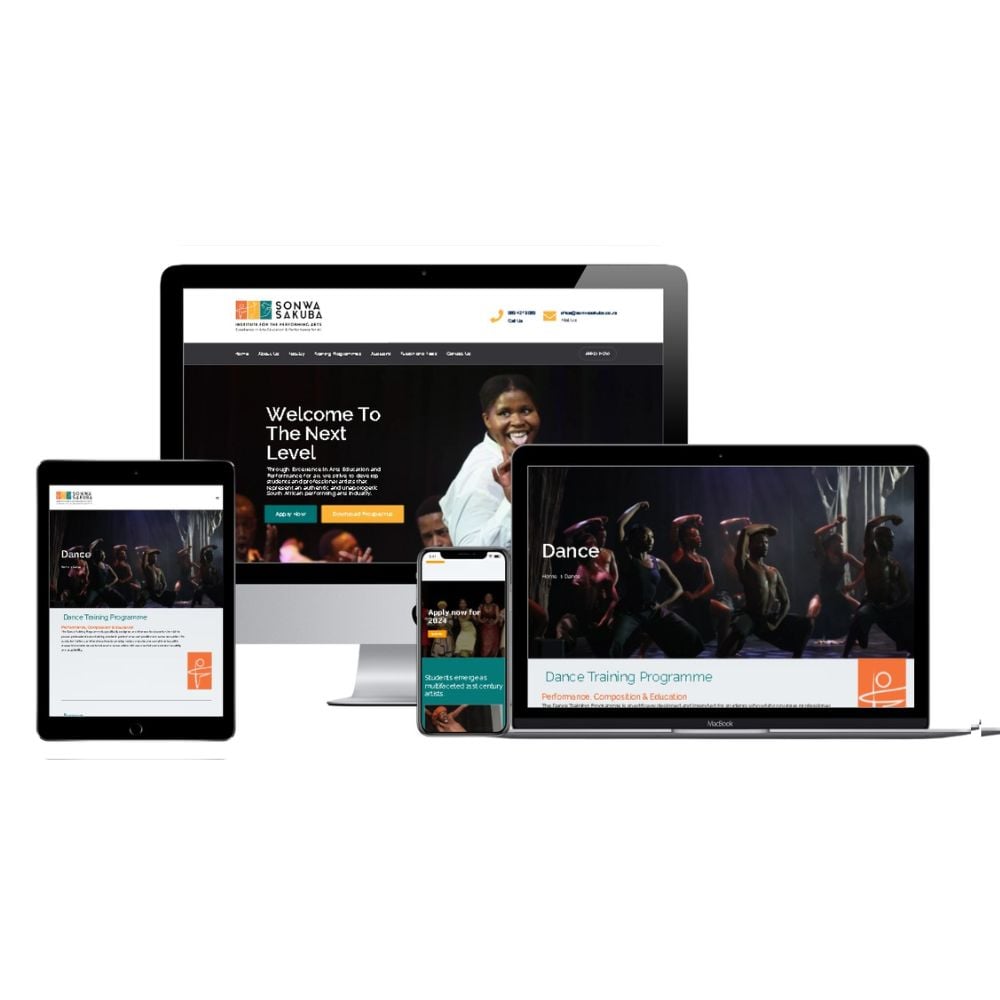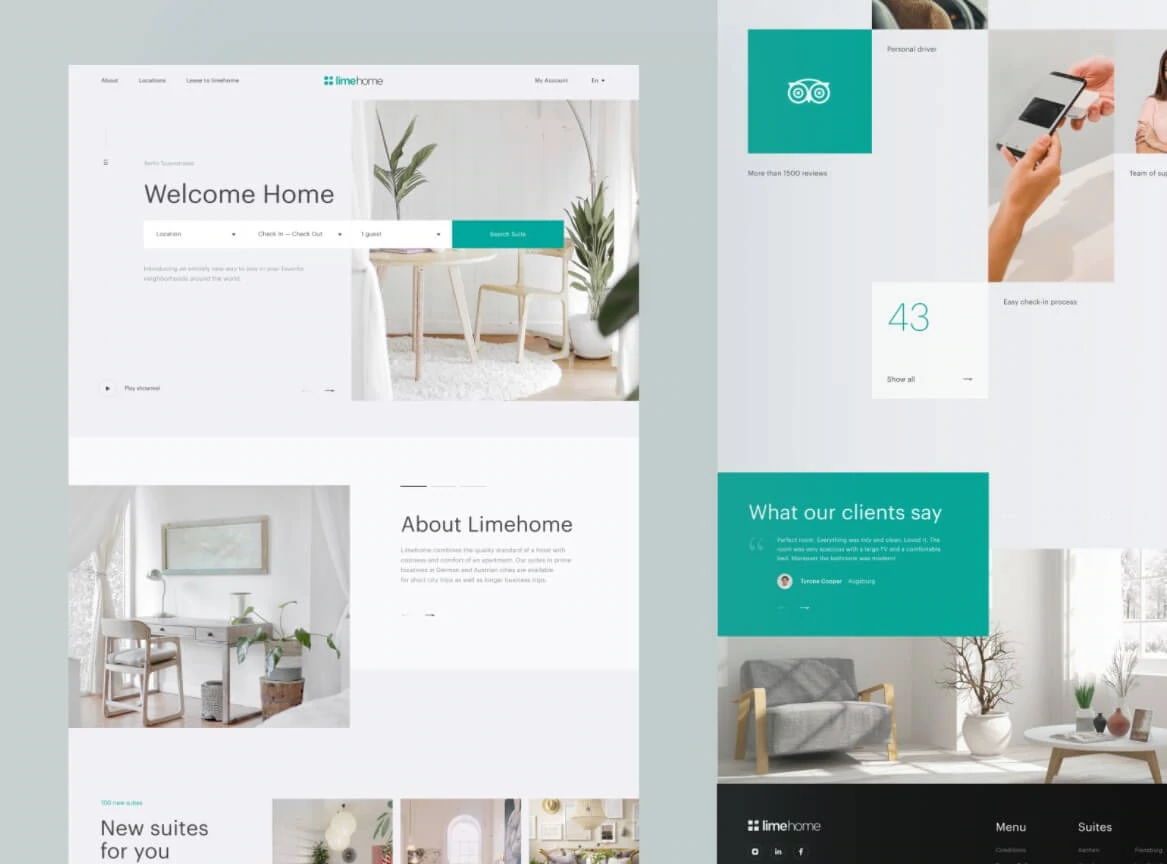Change Your Brand with Cutting-Edge Website Design Strategies
Change Your Brand with Cutting-Edge Website Design Strategies
Blog Article
Key Approaches for Applying User-Centric Website Layout to Boost Involvement
When thinking about the implementation of user-centric website style, particular methods are critical in improving involvement. Extensive study into individual needs and preferences develops the foundation, leading the creation of individual characters to inform style selections. Instinctive navigation and receptive interfaces are critical, guaranteeing simplicity of accessibility across all gadgets. On the other hand, customizing material improves user fulfillment, and durable access features broaden reach. These techniques collectively promote a more significant online experience. Just how do these components come with each other properly, and what sensible actions can be taken to ensure their successful integration?
Comprehending User Demands
Comprehending customer needs is an essential action in the procedure of user-centric site style. Strategies such as surveys, interviews, and individual screening can give valuable qualitative and quantitative data regarding exactly how customers interact with the site.
Examining this information permits developers to create detailed user characters that stand for the various sectors of the target market. These personalities help notify layout decisions by highlighting specific user objectives and obstacles, guiding the advancement of features that attend to these requirements effectively. In addition, comprehending the context in which individuals operate-- such as their environment, device preferences, and time constraints-- can better improve the layout strategy.
Empathy plays a critical function in this process, enabling developers to see the web site from the user's perspective. By focusing on customer requirements, the design procedure ends up being much more concentrated, protecting against the incorporation of unneeded elements that might mess the individual experience. Ultimately, a deep understanding of individual needs is crucial in crafting a website that is both purposeful and practical.
Designing Intuitive Navigation
Having actually established an extensive understanding of customer requirements, the next action in user-centric website layout entails producing instinctive navigating. Reliable navigating is fundamental to customer satisfaction, affecting exactly how conveniently users can discover info and total tasks. To attain user-friendly navigating, designers have to prioritize simplicity and quality, making sure that the navigation framework is consistent and sensible throughout the website.
Organizing content right into a clear hierarchy is essential. Website Design. The use of familiar labels and icons can assist customers effortlessly, decreasing cognitive lots and enhancing the general user experience. A well-designed navigation bar need to be plainly positioned, enabling customers to determine their current location and easily check out other sections of the site
It is likewise essential to incorporate interactive aspects such as breadcrumbs and search performances to assist customers in browsing complicated sites. These functions give extra paths and boost the accessibility of material, satisfying different individual preferences and actions.
Evaluating navigation with real customers is important to identify prospective discomfort points and make sure performance lines up with customer assumptions. Routine feedback loopholes and iterative improvements can help preserve an effective navigation system that adjusts to developing user demands, eventually improving engagement and satisfaction.
Producing Responsive Interfaces
Invariably, creating responsive user interfaces is a critical aspect of modern-day website design, ensuring that internet sites are obtainable and practical across a wide range of gadgets and screen dimensions (Website Design). This adaptability is crucial in a landscape where individuals access web content by means of smartphones, laptop computers, desktop computers, and tablets, each with varying orientations and resolutions. The key goal of receptive style is to boost customer experience by preserving optimum readability and functionality, no matter of the gadget made use of
To achieve this, web developers use adaptable grid formats, liquid pictures, and CSS media questions. Versatile grids permit site components to resize proportionally, while liquid photos make sure visuals find out here now range appropriately without shedding quality. Media queries play a vital duty by using different designs based upon the tool's attributes, such as elevation, positioning, and size, thus tailoring the design to the user's screen.
Moreover, responsive interfaces add to boosted seo (SEO) by providing a seamless individual experience, which in turn can minimize bounce prices and boost site interaction. In recap, embracing receptive layout visit here is not merely a technical consideration yet a necessary technique for cultivating a user-centric internet atmosphere that fulfills the demands of a varied audience.

Customizing Content Experience
Personalizing material experience is a vital part of user-centric site layout that entails tailoring material to satisfy the special choices and actions of specific users. This approach not just improves individual satisfaction however also fosters deeper interaction, as visitors are more most likely to connect with web content that reverberates with their passions and requirements. By leveraging information analytics and individual feedback, businesses can identify patterns and trends that educate the modification of web material.
Integrating customization methods can range from easy changes, such as suggesting products based on browsing history, to much more innovative strategies like vibrant material that adjusts in real-time to a customer's interactions. Personalized touchdown web pages can considerably raise conversion rates by giving users with pertinent information and uses that straighten with their previous activities and choices.
Furthermore, using expert system and artificial intelligence can further refine material personalization by constantly picking up from individual actions and adapting to arising fads. This not only enhances the individual's trip yet also builds brand loyalty, as clients really feel recognized and valued. Ultimately, personalizing the material experience is a necessary strategy for services intending to develop an extra significant and interesting communication with their target market.
Enhancing Ease Of Access Functions
Enhancing availability attributes is a basic facet of user-centric website design, ensuring that digital content is functional by every person, including individuals with impairments. This technique not only conforms with legal standards such as the Americans with Disabilities look at this website Act (ADA) and the Web Content Accessibility Guidelines (WCAG) yet likewise dramatically widens an internet site's target market reach. By incorporating functions like key-board navigation, screen reader compatibility, and alternative text for images, internet sites come to be more comprehensive, providing a seamless experience for individuals with aesthetic, acoustic, or motor impairments.
Including receptive design elements is crucial, facilitating accessibility on different tools and display sizes, therefore fitting users with various preferences and demands. Additionally, contrast proportions and text dimension modifications can boost readability for people with visual obstacles. Offering clear and concise material structure, such as headings and checklists, help comprehension and navigating, especially for users with cognitive handicaps.
Normal availability audits ought to be conducted to identify and remedy prospective barriers, guaranteeing continued conformity and usability. By focusing on ease of access, businesses not just foster inclusivity but additionally boost total user engagement and complete satisfaction, inevitably driving higher conversion rates and enhancing brand name loyalty.

Final Thought
Incorporating user-centric layout methods substantially improves website involvement by focusing on the requirements and preferences of users. Comprehensive research facilitates the creation of user personalities, directing targeted style choices. Instinctive navigation and responsive user interfaces improve use and availability throughout devices. Customizing web content based on user habits raises contentment, while durable accessibility functions increase audience reach. Jointly, these techniques develop a purposeful online experience, promoting much deeper involvement and interaction with the site.
Thorough research into user demands and choices creates the structure, assisting the development of individual personalities to notify style options. Techniques such as surveys, interviews, and user screening can give valuable qualitative and measurable information concerning just how customers connect with the web site.
By focusing on individual requirements, the layout process becomes more focused, avoiding the inclusion of unnecessary components that might clutter the customer experience. Efficient navigation is fundamental to customer satisfaction, affecting exactly how easily customers can discover information and full tasks. The usage of familiar tags and symbols can direct customers easily, decreasing cognitive load and improving the total individual experience.
Report this page